Tech Stack for Web Apps: How to Choose and What It Costs to Scale


Have you ever wondered why some web applications offer seamless experiences while others falter? In an era where digital interactions are integral to daily life, web applications have become essential tools for businesses aiming to enhance their online presence and operational efficiency. They serve as the primary touchpoints for customer interactions, brand representation, and service delivery. However, the performance, scalability, and user satisfaction of these applications heavily depend on the underlying technology stack—the combination of programming languages, frameworks, and tools used in development.
Selecting an appropriate tech stack is not merely a technical decision; it’s a strategic one that influences development efficiency, operational costs, and the application’s ability to adapt to future demands. A well-chosen tech stack ensures that the web application aligns with business objectives, meets user expectations, and maintains a competitive edge in the market. Therefore, understanding the significance of technology stacks and the criteria for selecting the right one is essential for businesses striving for digital excellence.
In this blog, we’ll delve into the components of a web application tech stack, discuss its importance and explore how to select the best stack for your project
A web application technology stack is the collection of tools, frameworks, programming languages, and software that developers use to build and run a web application. It encompasses both the client-side (frontend) and server-side (backend) components, each playing a crucial role in the application’s functionality and user experience.
Fireart Studio
The frontend is the part of the web application that users interact with directly. It includes the visual layout, design, and interactive elements. Key components include:
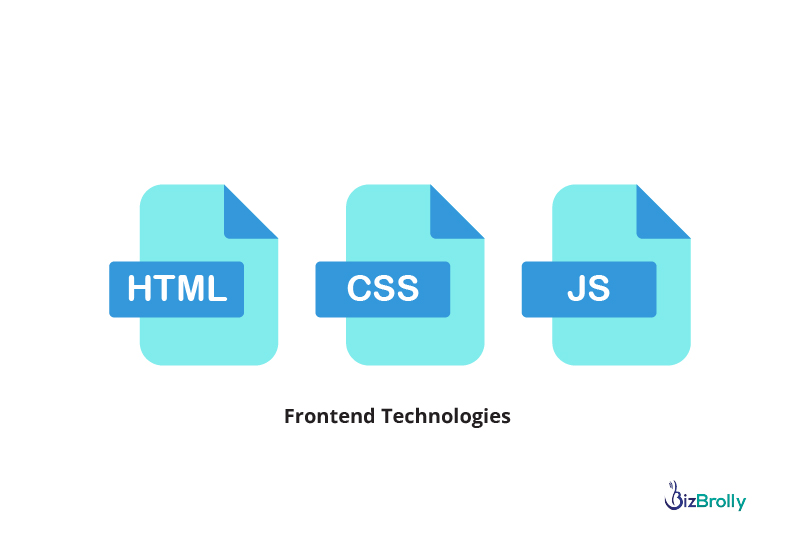
HTML (HyperText Markup Language): Defines the structure of web pages.
Techcedence
CSS (Cascading Style Sheets): Controls the presentation, formatting, and layout.
JavaScript: Adds interactivity and dynamic behavior to web pages.
Frameworks and libraries such as React, Angular, and Vue.js are commonly used to streamline frontend development, offering reusable components and efficient rendering.
The backend handles the business logic, database interactions, authentication, and server configuration. It’s the engine that powers the frontend. Key components include:
Programming Languages: Such as Python, Java, PHP, Ruby, and Node.js, which process requests and perform operations.
Frameworks: Like Django (Python), Laravel (PHP), and Express.js (Node.js), which provide structured foundations for building applications.
Databases: Systems like MySQL, PostgreSQL (relational), and MongoDB (NoSQL) store and manage data.
Web Servers: Software such as Apache and Nginx that handle HTTP requests and serve content to users.
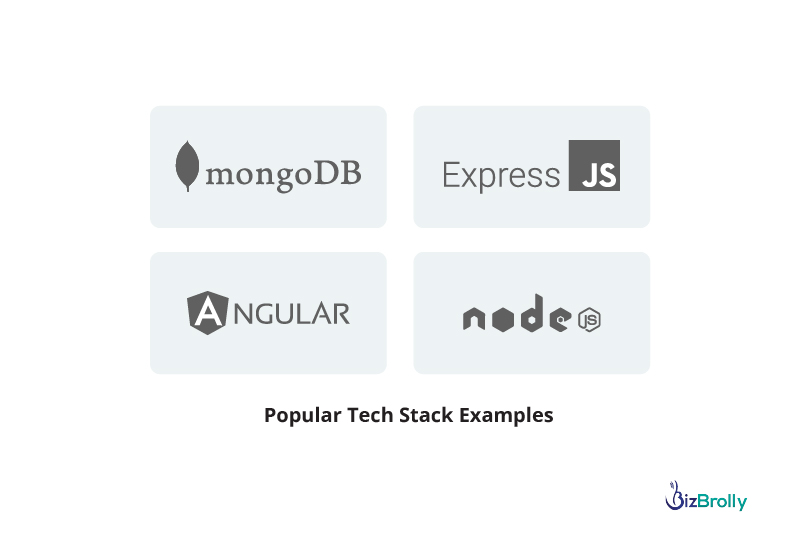
LAMP Stack: Linux, Apache, MySQL, PHP/Python/Perl.
MEAN Stack: MongoDB, Express.js, Angular, Node.js.
MERN Stack: MongoDB, Express.js, React, Node.js.
Each stack offers unique advantages and is chosen based on the specific requirements of the web application.
Understanding the components of a web app tech stack is essential for making informed decisions that align with your project’s goals and ensure a robust, scalable, and efficient application.
Selecting the appropriate technology stack is a pivotal decision in web application development. It influences not only the application’s performance and scalability but also its long-term maintainability and alignment with business objectives.
The chosen tech stack directly impacts how efficiently your application performs under varying loads. A well-suited stack ensures that your application can handle increasing user demands without compromising speed or functionality. For instance, reactive frameworks like React or Vue.js are known for their efficient performance in high-load scenarios.
smartfrog.app
An optimal tech stack can streamline the development process, reducing time-to-market. Leveraging frameworks and tools that align with your team’s expertise allows for rapid development and deployment, giving your business a competitive edge.
Choosing technologies with strong community support and regular updates ensures that your application remains maintainable over time. It also facilitates easier integration of new features and adaptation to evolving technological trends.
The tech stack influences both initial development costs and ongoing maintenance expenses. Selecting widely-used and well-documented technologies can reduce hiring costs and minimize the need for specialized skills, leading to more predictable budgeting.
Different technologies offer varying levels of security features. A carefully chosen stack can provide robust security measures, helping to protect sensitive data and comply with industry regulations.
In summary, the right tech stack serves as the foundation for a successful web application, affecting every aspect from user experience to business scalability. Investing time in selecting the appropriate technologies aligns your application with current needs and future growth.
Choosing the optimal technology stack is a critical decision that influences your web application’s performance, scalability, and long-term success. This selection should be guided by a comprehensive understanding of your project’s unique requirements and constraints.
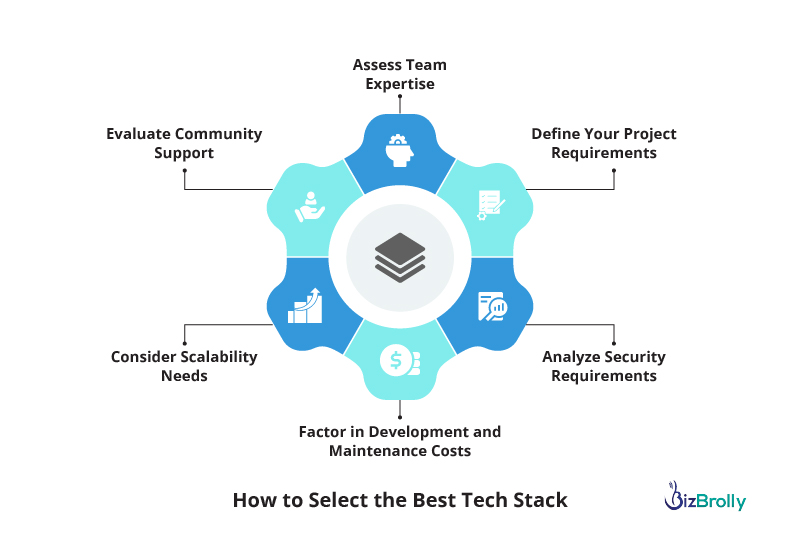
Begin by clearly outlining the objectives, target audience, and core functionalities of your web application. Understanding whether you’re building a simple informational site, a complex e-commerce platform, or a real-time data processing application will help determine the necessary technologies. For instance, a content-heavy site might benefit from a LAMP stack, while a dynamic, single-page application could be better served by a MEAN or MERN stack.
Evaluate the skill sets of your development team. Leveraging technologies that your team is proficient in can accelerate development and reduce learning curves. If your team is well-versed in JavaScript, adopting a full-stack JavaScript solution like the MEAN or MERN stack could be advantageous.
NeoITO
Anticipate future growth and choose a stack that can scale accordingly. Scalability encompasses both vertical scaling (adding more features) and horizontal scaling (handling more users). Technologies like Node.js and React are known for their scalability and are suitable for applications expecting high user engagement.
Opt for technologies with robust community support and comprehensive documentation. A vibrant community can be invaluable for troubleshooting, while thorough documentation facilitates smoother development and onboarding of new team members.
Security is paramount, especially for applications handling sensitive data. Ensure that the technologies you choose have strong security features and are regularly updated to address vulnerabilities. Frameworks like Django and Express.js offer built-in security mechanisms that can safeguard your application.
Budget constraints play a significant role in tech stack selection. Open-source technologies can reduce initial costs, but consider the total cost of ownership, including maintenance and potential licensing fees. Additionally, widely adopted technologies may offer cost savings through a larger pool of available developers.
NeoITO
Choose a stack that promotes clean, modular code and adheres to best practices. This approach simplifies future updates, debugging, and feature enhancements, ensuring the longevity and adaptability of your application.
Peerbits
By meticulously evaluating these factors, you can select a technology stack that not only meets your current project needs but also positions your application for future growth and success.
Selecting the right technology stack is pivotal for the success of your web application. Beyond aligning with project requirements and team expertise, certain features are essential to ensure optimal performance, scalability, and maintainability. Here are the key attributes to prioritize:
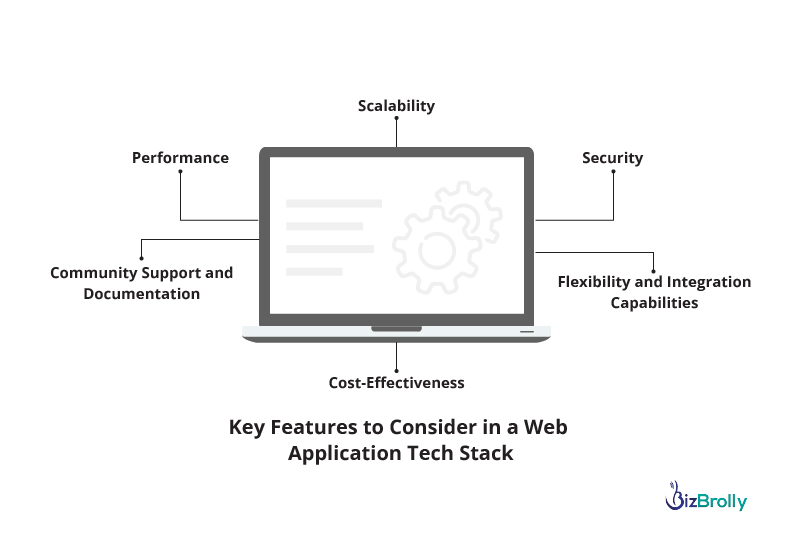
Your chosen stack should accommodate both current needs and future growth. Scalability encompasses:
Horizontal Scaling: Ability to handle increased user traffic by adding more servers.
Vertical Scaling: Enhancing application capabilities by adding new features or modules.
Technologies like Node.js and microservices architectures are renowned for their scalability, enabling applications to efficiently manage growing demands.
2. Performance
The tech stack should facilitate rapid response times and efficient processing. Considerations include:
Efficient Frameworks: Utilize frameworks known for speed and minimal resource consumption.
Optimized Databases: Choose databases that handle queries swiftly and can manage large datasets effectively.
For instance, using lightweight frontend frameworks like React or Vue.js can enhance load times and user interactions.
3. Security
Ensuring robust security measures is non-negotiable. Key aspects include:
Built-in Security Features: Frameworks like Django offer integrated security protocols to protect against common vulnerabilities.
Regular Updates: Select technologies that are actively maintained to address emerging security threats.
A secure tech stack safeguards user data and maintains trust.
A vibrant community and comprehensive documentation can significantly ease development challenges. Benefits include:
Third Rock Techkno
Troubleshooting Assistance: Active forums and communities can provide solutions to common issues.
Learning Resources: Extensive documentation aids in understanding and implementing technologies effectively.
Technologies with strong community backing often lead to more stable and innovative applications.
The tech stack should be adaptable to evolving project needs and integrate seamlessly with other tools. Consider:
Modular Architecture: Facilitates adding or modifying components without overhauling the entire system.
API Support: Ensures smooth integration with third-party services and tools.
A flexible stack allows for iterative development and rapid adaptation to market changes.
Monterail
Balancing performance with budget constraints is crucial. Factors to evaluate:
Open-Source Options: Utilizing open-source technologies can reduce licensing costs.
Developer Availability: Choosing widely-used technologies can make hiring and onboarding more straightforward and economical.
A cost-effective stack ensures sustainability and resource optimization throughout the project lifecycle.
By meticulously assessing these features, you can select a technology stack that not only meets immediate project requirements but also positions your web application for long-term success and adaptability.
Selecting the appropriate technology stack is a critical decision that can significantly influence the success of your web application and, by extension, your business. The right combination of technologies ensures not only optimal performance but also aligns with your business goals, budget, and long-term vision. Here are the key benefits of making an informed tech stack choice:
A well-chosen tech stack ensures that your web application runs smoothly, providing users with a seamless and responsive experience. Technologies like React or Vue.js for the frontend, combined with efficient backend frameworks like Node.js or Django, can deliver fast load times and interactive interfaces, keeping users engaged and satisfied.
As your business expands, your web application must handle increased traffic and data processing demands. Scalable technologies allow your application to grow without significant overhauls. For instance, utilizing microservices architecture or cloud-based solutions can facilitate horizontal scaling, ensuring your application remains robust under growing user loads.
Choosing a tech stack that aligns with your development team’s expertise can expedite the development process. Frameworks with extensive libraries and community support reduce the need to build components from scratch, allowing for quicker deployment and faster iterations based on user feedback.
An optimal tech stack can lead to significant cost savings. Open-source technologies eliminate licensing fees, and widespread community support reduces the need for specialized, and often expensive, development resources. Additionally, efficient technologies can lower hosting and maintenance costs over time.
Security is paramount in web application development. Selecting technologies with robust security features and active communities ensures that your application is protected against common vulnerabilities. Regular updates and patches from well-supported frameworks help maintain a secure environment for your users.
A coherent and well-structured tech stack simplifies the process of maintaining and updating your application. Consistent coding practices and modular architectures make it easier to identify and fix issues, implement new features, and adapt to changing business requirements without disrupting existing functionalities.
In a rapidly evolving digital landscape, the ability to adapt quickly is a significant competitive advantage. A flexible and modern tech stack enables your business to respond to market changes, user demands, and emerging technologies more effectively, keeping you ahead of competitors who may be hindered by outdated or rigid systems.
BizBrolly Solutions is an innovation-led technology company providing software development services to partners across the globe. We enable clients many countries to execute their software projects. We provide services from ideation to commercialization. We have helped several clients from all continents to achieve business success by improving their operation by creating new and modernizing existing products. We’re a small but experienced team that has been providing design and engineering services to businesses ranging from small startups to big enterprises. Our team members are experts in mobile app development, web development, IoT-enabled apps, CRM, payment gateway solutions, design and digital promotions, e-commerce portals and apps, database and business analytics. We believe our customers deserve better and we can provide that because we love what we do and we are inexpensive and utterly reliable.

In recent years, artificial intelligence (AI) has rapidly advanced, with neural ...
Explore more
Retrieval-Augmented Generation (RAG) is a powerful technique that combines the s...
Explore more

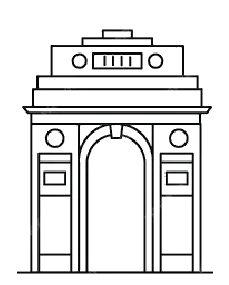
D-23, Sector 63, Noida,
UP - 201307
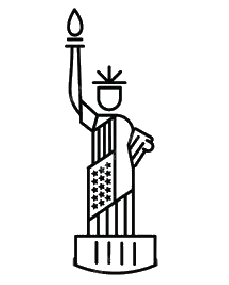
141 Westgate Dr, Edison,
NJ - 08820
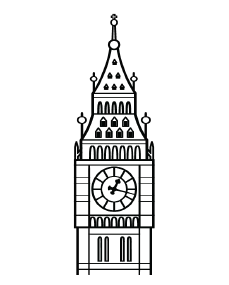
4 Black lion court, Mill road, Kent, UK – ME71HL
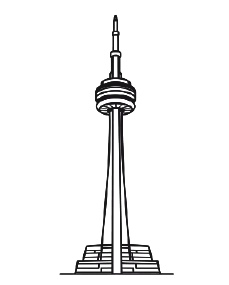
2207, 2220 Lakeshore Blvd W, Toronto ON- M8V0C1

94A Central Road, Jacanlee, Johannesburg 2194